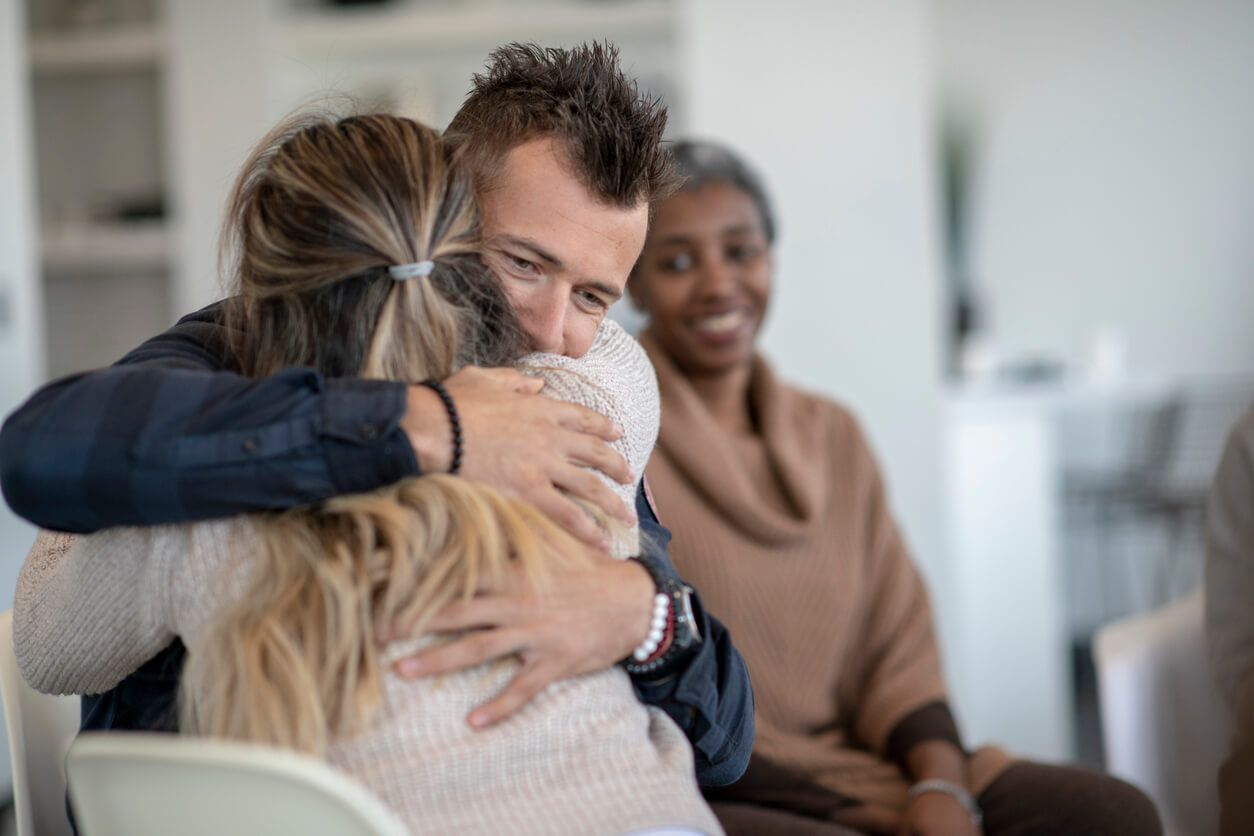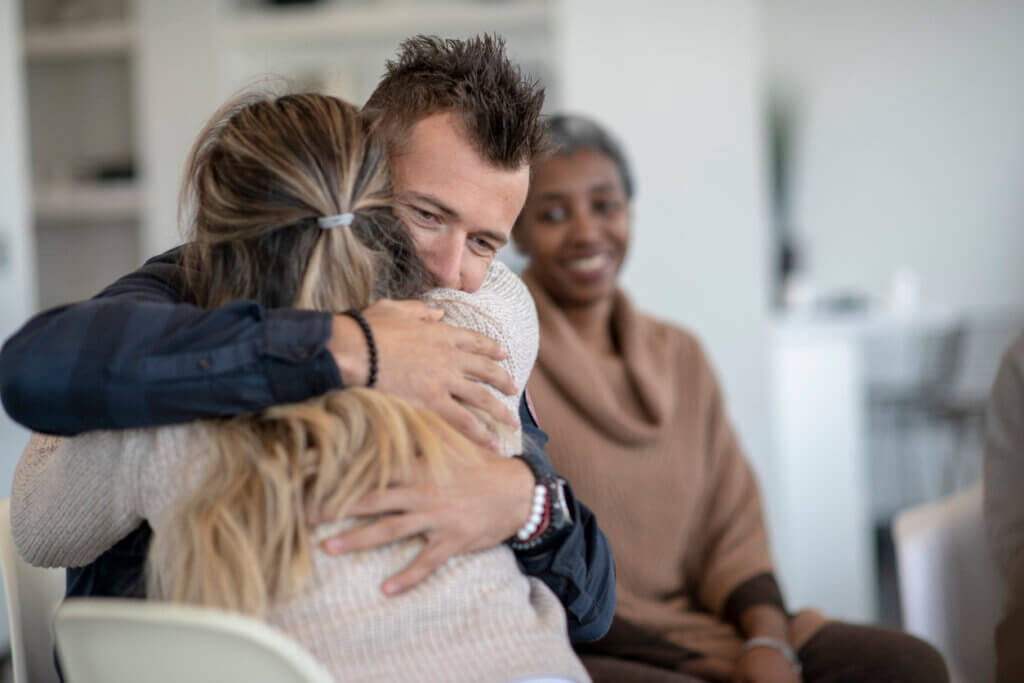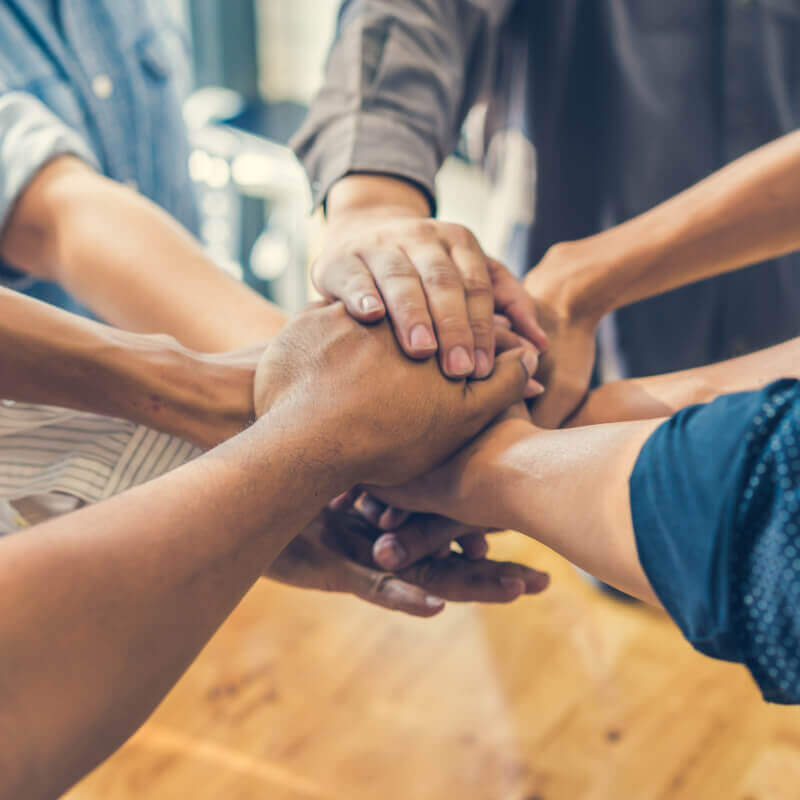Many opioid overdose deaths are preventable with the timely administration of an emergency opioid antagonist, like naloxone, an FDA-approved opioid overdose reversal medication, and the provision of emergency medical care.
To save lives and to encourage concerned people in the community to carry naloxone and reverse opioid overdoses, states have enacted laws that protect those who choose to carry and administer it in good faith, in an emergent situation from any civil and or criminal liability. According to the Centers for Disease Control (CDC), “In nearly 40% of overdose deaths, someone else was present. Having naloxone available allows bystanders to help a fatal overdose and save lives.”
All 50 states and the District of Columbia had some form of a naloxone access law, as of July 2022, according to a Legislative Analysis and Public Policy Association (LAPPA) research project to document the current status of naloxone access laws throughout the United States, including the District of Columbia and all U.S. territories. The laws vary significantly depending on the jurisdiction. Some of the report findings are included below.
- Naloxone access laws typically included immunity provisions for people who prescribe, dispense, and/or administer naloxone. Some form of immunity is afforded to lay people who administer naloxone for any acts or omissions performed in good faith related to the administration of naloxone in 50 states and the District of Columbia. This is important in encouraging people to decide to carry Naloxone.
- The core group of individuals authorized almost everywhere to prescribe, dispense, and/or administer naloxone include physicians, advanced practice nurses, pharmacists, individuals at risk of an opioid-related overdose, and family and friends of those individuals. In many jurisdictions, these individuals are required to complete a naloxone training program before they can legally prescribe, dispense, distribute, and/or administer naloxone.
- The laws among the states also vary in the level of immunity they provide those who prescribe naloxone “for any acts or omissions performed in good faith related to the prescribing of naloxone or the eventual administration of naloxone. Most states (28) offer immunity from civil liability, criminal liability, and professional disciplinary actions.” (LAPPA “NALOXONE: SUMMARY OF STATE LAWS” JULY 2022).
I was particularly interested in the laws regarding the placement or availability of Naloxone in schools. With the fentanyl crisis going on right now, I’m particularly concerned for our children. “The Centers for Disease Control and Prevention (CDC) estimates that more than 108,000 people in the U.S. died of drug overdoses between February 2021 and February 2022. Of those, more than 70% involved fentanyl and other synthetic opioids. One of the main drivers of fentanyl’s proliferation in recent years is cheaper production methods.” CDC: “The Drug Overdose Epidemic: Behind the Numbers”
Thirty states have statutory language that directly addresses access to naloxone in the schools. In ten of these states, each school district is required to develop a policy concerning the use of naloxone. Only twenty states allow schools to possess naloxone and authorize a school nurse or other school employee to administer naloxone but stop short of requiring schools to do so.
The obvious next question is what if more than one child overdoes at the same time?
“I hate that it’s not in every classroom in the school. In Kentucky schools, one dose of naloxone in each school is kept in the nurse’s office. Only the school nurses are allowed to administer it. Too much time could easily pass before a nurse could get to her office, grab the naloxone, and then get to the child,” said Samantha Adams, Community Outreach Manager from the Brightview agency in Lexington, Kentucky.
“My fear is a multiple overdose situation in a school. Naloxone is easy to use. It’s not CPR so it’s not like an extensive training. You just stick the Naloxone spray into the person’s nostril and squeeze. They also make intramuscular versions where it’s a syringe. For that, you draw up the liquid and stick it somewhere like the thigh,” Adams said.
I asked Samantha who she thinks should carry naloxone. “Even though you don’t think that you’re going to come in contact with someone who has overdoes,” Samantha said, “we all go into public spaces where you know it could happen. It happened to me at a Circle K gas station next to my house one time. The clerk was just standing there panicking. I later went back and did a training with them so now all their employees know where it is and they know how to respond while they’re waiting for EMS to arrive.”
I live in a small rural community, and I have a 15-year-old who lives with me. Should I carry it? In an emergency, EMS might take some time to arrive at my home or at a public location. I have decided I should carry it.
As Samantha explained, people who want to carry Naloxone can typically get it from a pharmacy, which will provide a brief training on how to use it. In my life, I have had to administer the Heimlich maneuver in public three times. I see this as similar. I want to be prepared to save a life should I encounter anyone who has overdosed.
Samantha talks about people who don’t think the opioid crisis or fentanyl crisis is about them. “No one cares about it until they care about it. Until you are personally impacted by it, meaning someone in your life has a substance use disorder, you think it’s not about you. I just tell everybody with middle school or high school aged children to put it in your drawer in your kitchen. If you don’t want to carry it with you in public, that’s fine, but at least protect your children and educate them. Maybe the child was given something and didn’t do it at school, but they put a pill in their pocket to bring home later. When you go to tell him goodnight, there they are, passed out or unconscious. You just don’t know what’s going on until it’s going on. It’s better to be prepared.”
“Unfortunately, currently, we never know what’s going to happen when there’s a group of friends hanging out together. We all just need to try to keep the children educated as well as the parents.” Samantha says. “I tell all the parents, you know, you can’t afford to be naïve — not now. This disease o opioid addiction does not discriminate. It doesn’t matter if you’re a doctor or if you work at Walmart. It can happen to anyone.”
Opioids have many uses and are prescribed for average people for anything from a separated shoulder for the “mountain biking husband” to your elderly grandmother to manage the pain from her hip replacement. Samantha gives an example of a scenario: “A grandparent or someone who is older that has a prescription for an opioid and maybe does not have the best memory anymore can be vulnerable to an overdose. They could forget that they’ve already taken their dose and they could double up or triple up and potentially overdose. People are still susceptible to an overdose by prescriptions. It’s not just limited to the powder form of fentanyl that someone is using intravenously.”
While I currently don’t know of anyone in my life with an opioid addiction, and I thought that meant it didn’t apply to me, after reading the CDC stats on the occurrence of fentanyl and other opioid overdoses, reading the research, and talking with Samantha, I’ve changed my view. What keeps ringing in my head is something Samantha repeated more than once during our interview: “I’m passionate about carrying Naloxone because no one can get better if they’re no longer with us.”
According to the CDC, these are signs that could indicate a potential opioid overdose:
- Small, constricted “pinpoint pupils”
- Falling asleep or losing consciousness
- Slow, weak, or no breathing
- Choking or gurgling sounds
- Limp body
- Cold and/or clammy skin
- Discolored skin (especially in lips and nails)
Naloxone is available in all 50 states. If you have been prescribed high-dose opioids, talk to your doctor about co-prescribing naloxone. However, in most states, you can get naloxone at your local pharmacy without a prescription. You can also get naloxone from community-based naloxone programs and most syringe services programs. You can find naloxone in most pharmacies. It is usually kept behind the counter so you will need to talk to a pharmacist to get it. If you are interested in carrying naloxone, here are some locations where it is available.
- CVS Pharmacies
- Walgreen Pharmacies
- WALMART Pharmacies
- Chicago Public Libraries
- Your healthcare provider
“Good Samaritan laws” are in place in most states to protect those who are overdosing and anyone assisting them in an emergency from arrest, charges, or a combination of these. Learn about the laws in your state.
Written by: Mary Givens, CCBHC Program Manager




